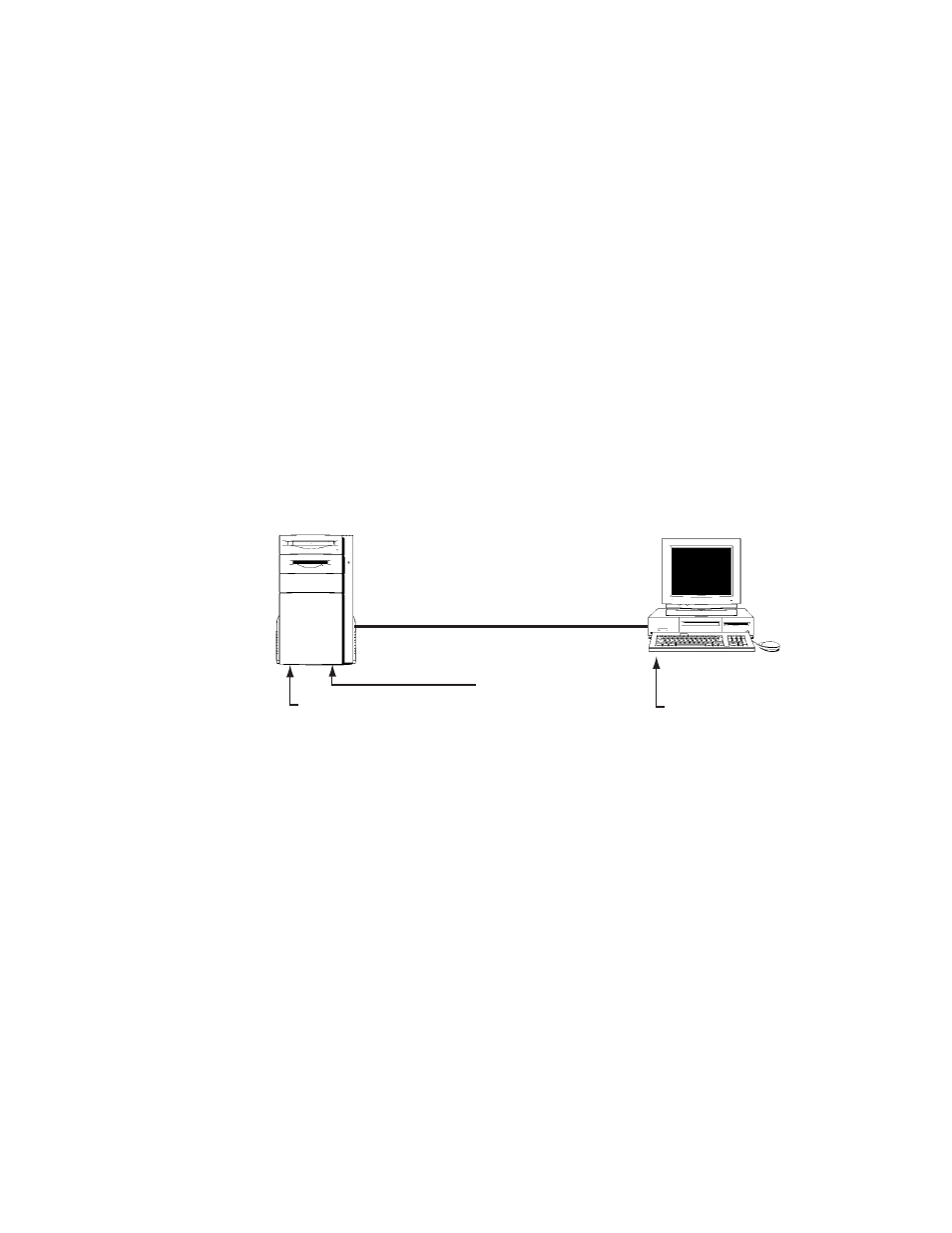Router id, system id (nlsp only), Summary of ipx features, Ipx support details – Verilink 9000 Series (34-00271) Product Manual User Manual
Page 336: Internetwork addressing intranode addressing, Summary of ipx

314
C
HAPTER
19: IPX R
OUTER
Router ID,
System ID
(NLSP only)
A 32-bit number assigned to each router running the NLSP protocol. This number
uniquely identifies the router.
Summary of
IPX
Features
This section describes in more detail some of the features.
IPX Support Details
The Internetwork Packet Exchange (IPX) protocol was adopted by Novell from the
Xerox Network System (XNS) Internet Datagram Protocol. IPX defines
internetwork and intranode addressing.
Internetwork Addressing
This is the address of a segment on the network, identified by the network number
assigned during installation. The basis of IPX addressing is the network number
assigned during the installation and configuration process. Each network segment
on a NetWare internetwork must be assigned a unique network number (sometimes
called the external network number). Each server (NetWare) must also be assigned
a unique internal network number. These network numbers are used by routers to
forward packets to their final destination segment. Figure 19-1 shows where
internal and external network numbers are used.
Intranode Addressing
This is the address of a process within a node, identified by a socket number. It
relies on the network hardware for the definition of node addressing. IPX is a
datagram-based, connectionless protocol. Datagram-based, connectionless
protocols do not require an acknowledgment for each packet sent. Packet
acknowledgment, or connection control, must be provided by protocols above IPX.
The basis of IPX intranode addressing is socket numbers. Since several processes
normally operate within a node, socket numbers provide a means by which each
process can distinguish itself to IPX. When a process needs to communicate on the
network, it requests that a socket number be assigned to it. Any packets IPX
receives addressed to that socket are passed on to the corresponding process.
Hence, socket numbers provide a quick method of routing packets within a node.
IPX External
Network Number
Server
Workstation
Node Number
Node Number
Internal
Network Number
Figure 19-1 Location of Internal and External Network Numbers